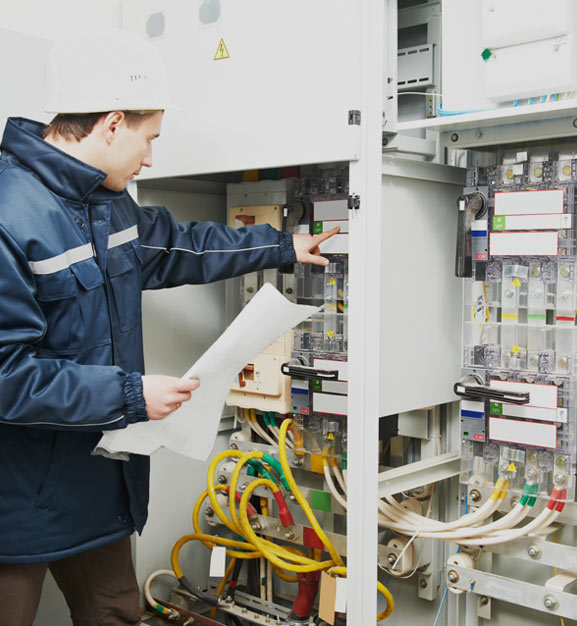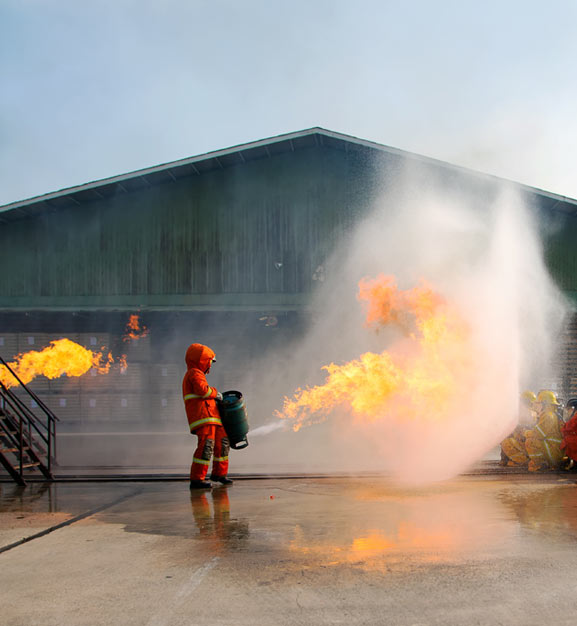Combustible Dust Hazards Including the Requirements of NFPA 652

11:00 a.m.–12:00 p.m. (ET)
Available On-Demand starting 10/12/18
This free informative webinar will benefit professionals with an interest in process safety, EH&S, process design, and operations including plant management, technical staff, supervisors and maintenance personnel.
It is especially relevant to those who work in the chemical & processing industries, including bulk and finished pharmaceuticals, bulk and fine chemicals, food, cosmetics, plastics, metals, textiles, paper, lumber, agrochemicals, dyes and paints.
Upon completion of this FREE informative webinar you will be able to:
- Describe dust explosions and how they arise
- Explain the concept of ‘basis of safety’ and how it can be applied to protect against dust explosion risk
- Describe explosion prevention and explosion protection techniques and how they can be used in practice
Course Description
Dust explosions occur in a wide range of industrial sectors and often lead to injury, lost production and sometimes fatalities. Powders form explosible dust clouds when the particle size is small, moisture content is low, and the concentration of dust in the atmosphere falls between certain critical limits. Measures can be taken to reduce the likelihood of dust explosion occurring in your process plant and a variety of safeguarding measures are available to control explosion forces if a dust explosion does occur. It is critical to be able to answer the question, ‘why is my plant safe’, which introduces the concept of ‘Basis of Safety’.
A primary focus of this webinar is the work of The National Fire Protection Association (NFPA), which has recognized the common threads through all its existing dust-hazard-related standards and sought to consolidate the best general practices for all combustible solids, irrespective of industry and powder/dust type, in the new NFPA 652: Standard on the Fundamentals of Combustible Dust.
Electrostatic Hazards

The Nature of the Problem and Practical Measures for its Control
11:00 a.m.–11:30 a.m. (ET)
Available On-Demand starting 10/19/18
Who Should Attend
This free informational webinar will be especially beneficial to personnel (e.g., management, technical, operations and maintenance) involved with process safety, EH&S, process design, operations and maintenance from the chemical & processing industries,
including bulk and finished pharmaceuticals, chemicals, cosmetics, petrochemicals, oil and gas, food, plastic & rubber, metals,
textiles, wood & paper and agrochemicals who desire a more in depth understanding of electrostatic hazards.
Upon completion of this FREE informative webinar you will be able to:
- Describe how electrostatic charge is generated in industrial environments
- Recognize those electrostatic hazards that can trigger industrial fires and explosions
- Choose methods to evaluate and control electrostatic charge in order to reduce or eliminate such risks
Course Description
Many processes and operations in a chemical plant involve handling and processing of liquids and powders, most of which could
under certain conditions be flammable. Flammable gas, vapor, and dust cloud atmospheres can be ignited if a sufficiently energetic
ignition source is present.
This free informational webinar will focus on how electrostatic hazards can be systematically assessed and explains the measures
that can be taken to control static and thus mitigate the risk of flash fires and explosions.
Fire and Explosion Hazards

How to identify and control them in your process
11:00 a.m.–12:00 p.m. (ET)
Available On-Demand starting 10/26/18
Who Should Attend
This course will be especially beneficial to personnel (e.g., management, technical, operations and maintenance) involved with process safety, EH&S, process design, operations and maintenance from the chemical & processing industries, including bulk and
finished pharmaceuticals, chemicals, cosmetics, petrochemicals, oil and gas, food, plastic & rubber, metals, textiles, wood & paper and agrochemicals who desire a more in depth and practical understanding of fire and explosion hazard assessment and control.
Upon completion of this FREE informative webinar you will be able to:
- Identify locations where flammable atmospheres could be present
- Identify potential ignition sources that could be present under normal and foreseeable abnormal conditions, including electrostatic ignition sources
- List practical measures to prevent flash fires and explosions and protect against their effect
- Locate available Codes and Standards for managing flammable gas, vapor, and dust cloud flash fire and explosion hazards
Course Description
Many operations in the processing industry involve handling and processing of liquids and powders, most of which could under
certain conditions be flammable. Flammable gas, vapor, and dust cloud atmospheres can be ignited if a sufficiently energetic ignition
source is present. Ignition of a flammable atmosphere occurs if the ignition-source energy exceeds the minimum energy that is
required to ignite the fuel/air mixture at the given process conditions. As one can therefore imagine, a flash-fire or explosion hazard
can exist during the transfer, handling, processing, and packaging of many flammable liquids and powders. Flash fires and explosions
can lead to catastrophic events involving fatalities, injuries, community impact, facility damage, and economic losses.
Therefore, safe manufacturing requires employers to take measures that avoid flash fires and explosions and also protect people and
plant from their consequences. But how can you be sure you have identified all the hazards on your plant; and how can you be sure
that the control measures you are taking are practical and effective? This Free informational webinar will address these concerns and
offer solutions to these types of safety issues.
